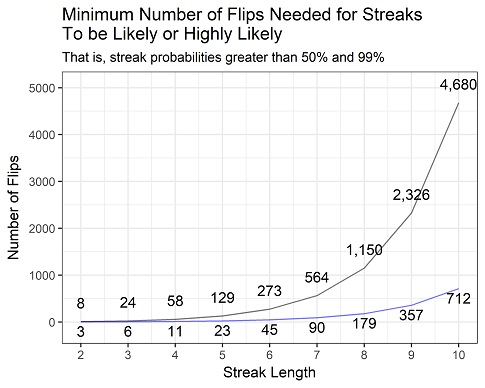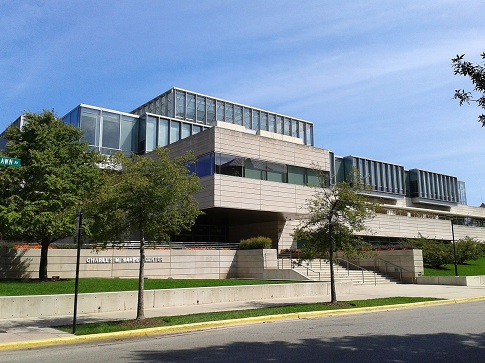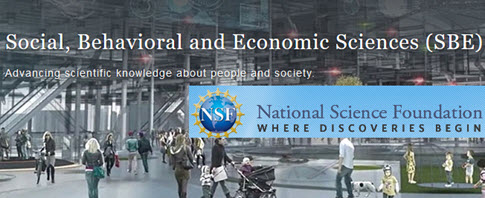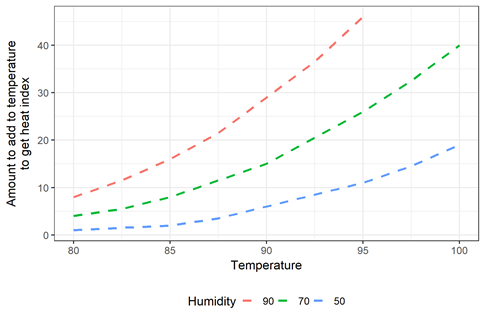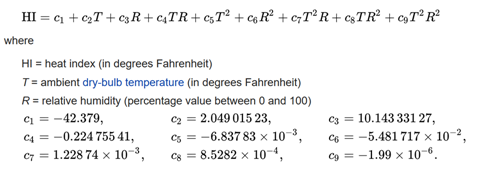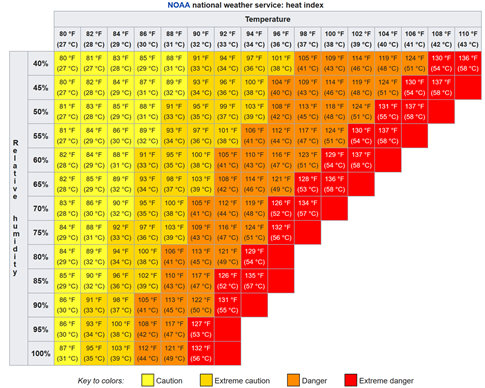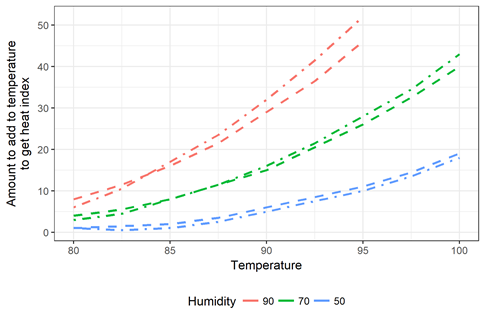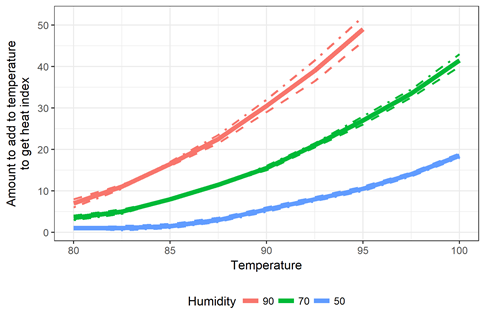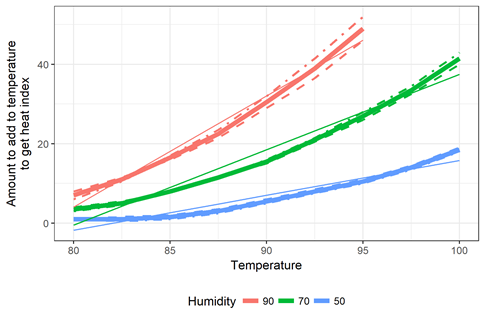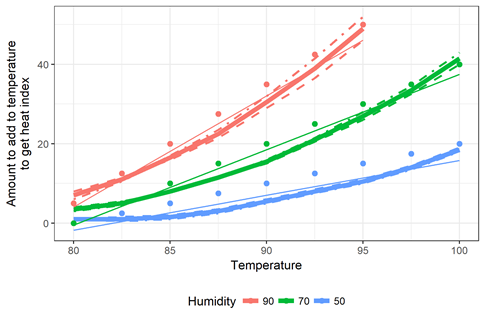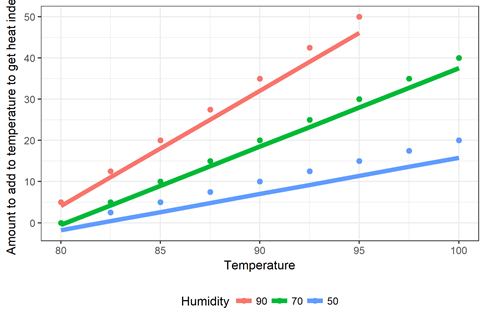VISIONARY, ENTREPRENEURIAL LEADER SOUGHT
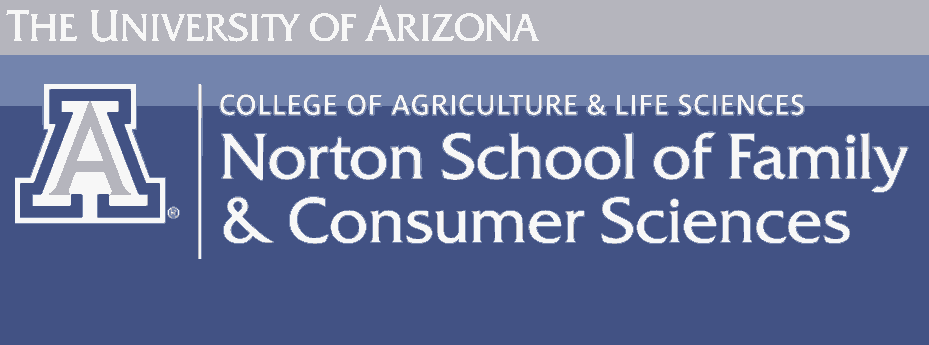
Application Link
https://uacareers.com/postings/30073
Position Summary
The University of Arizona (UA) seeks an energetic, visionary and entrepreneurial leader to be the next director of the Norton School of Family and Consumer Sciences (http://cals.arizona.edu/fcs/). Reporting to the director, the school has three academic degree programs: Family Studies and Human Development (FSHD), Personal and Family Financial Planning (PFFP), and Retailing and Consumer Sciences (RCSC) with nearly 1,000 undergraduate pre-majors/majors; and three multidisciplinary research, outreach, and corporate engagement units: the Frances McClelland Institute for Children, Youth, and Families; the Terry J. Lundgren Center for Retailing; and the Take Charge America Institute for Consumer Financial Education and Research; as well as FCS Cooperative Extension. These supporting units play key roles in translating research into practice while also attracting financial and strategic partners and resources to the University.
The Norton School’s mission is to conduct transformational research, teaching and outreach that helps to solve social problems, improve the lives of individuals and families, and strengthen communities and the marketplace. Our approach is applied and interdisciplinary, grounded in the science of human behavior. Faculty and students routinely collaborate with both internal colleagues (interdisciplinary, across campus) and external community and industry partners. Community engagement is a core strength that builds our knowledge base and guides translation of research insights into solutions for practical problems, especially through Cooperative Extension and the school’s center/institutes.
The Norton School aspires to national and international recognition as a thought leader for both scholarship (generation of new knowledge) and application of research knowledge to strengthen individuals, families, communities and the marketplace to improve quality of life. The Norton School Director must also share the faculty’s aspiration to national prominence for their transformational degree programs that infuse research into the classroom and utilize experiential learning to train students for leadership roles in their fields.
The University of Arizona is a leading public university, with regional roots and global impact. As the state’s land-grant institution, the University of Arizona is a student-centered Research I institution. The University of Arizona provides a comprehensive, high quality education that engages our students in discovery through interdisciplinary research and broad-based scholarship, serving the diverse citizens of Arizona and beyond. We empower our graduates to lead in solving complex societal problems. To its 43,000 students the UA offers more than 300 graduate and undergraduate degrees. The campus is located in Tucson, a city of nearly 1 million people (100 miles south of Phoenix and 50 miles north of Mexico). The UA has been designated an Hispanic Serving Institution (HSI), the only public university in the state with this designation. The local culture reflects the region’s Native American, Mexican, and pioneer heritage, and every year the city hosts a variety of cultural events in a revitalized urban center. Ringed by mountains and set in the Sonoran Desert of southern Arizona, Tucson is a year-round resort destination, and the beautiful natural environment and mild climate promotes a casual lifestyle and many outdoor recreational activities, including golf, tennis, hiking, cycling, and horseback riding (http://www.visittucson.org/about/).
Outstanding UA benefits include health, dental, and vision insurance plans; life insurance and disability programs; paid vacation, sick leave, and holidays; UA/ASU/NAU tuition reduction for the employee and qualified family members; state and optional retirement plans; access to UA recreation and cultural activities; and more!
The University of Arizona has been listed by Forbes as one of America’s Best Employers in the United States and World at Work and the Arizona Department of Health Services have recognized us for our innovative work-life programs.
Duties and Responsibilities
The Director is the senior appointed academic administrative officer of the Norton School. The Director reports to the Dean of the College of Agriculture and Life Sciences (CALS) and will work collaboratively with four Associate Deans, three other school directors, six academic department heads, and other support unit heads within CALS to ensure the Norton School contributes its share toward meeting the college and university strategic goals, as well as the Arizona Board of Regents performance metrics. Familiarity with the evolving UA strategic plan will be essential for developing, articulating and executing the Director’s vision and leadership of the School. In accordance with university policies, the Director will oversee all School activities, including but not limited to the promotion of undergraduate and graduate education, research activities, support of student and faculty, staff and appointed personnel development/recruitment, management of all departmental budgets, assignment of teaching, and faculty evaluation. The Director is responsible for developing and strengthening the relationships with existing partner institutions in the public and private sector; greatly expanding the Norton School’s donor base and corporate connections. The Director must be an effective strategist, entrepreneur, brand manager and implementer as well as being an excellent personnel manager. The Director will decide how best to maintain their own active research and/or teaching and/or extension programs.
Minimum Qualifications
Ph.D., or other qualifications and record, consistent with the Norton School faculty recommending tenure at the rank of full professor.
We welcome applicants with academic qualifications and who bring knowledge, skills and talents in addition to those often considered sufficient in academia.
The next School director must have a solid understanding of the public land-grant university mission, Cooperative Extension and the history and evolution of family and consumer sciences programs (and their predecessors) within the land-grant system.
We are looking for an entrepreneurial leader who can articulate and promote an expanded vision for the School and its collaborative partnerships with the College and University. The successful candidate will have demonstrated excellence in:
a. Developing and sustaining external partnerships, outreach programs, grant funding, corporate partnerships, and private philanthropic support
b. Administration, personnel management, and building/managing complex budgets
c. Leading diversified teams to maximize performance
d. Harnessing the power of diversity as a key driver of innovation and success
e. Recruiting and cultivating advisory board members and other external stakeholder groups to increase organizational reach and impact
f. Leveraging technology, including social media, to stimulate innovation, expand the engaged community, and promote programs and brand.
 Subscribe to Decision Science News by Email (one email per week, easy unsubscribe)
Subscribe to Decision Science News by Email (one email per week, easy unsubscribe)


